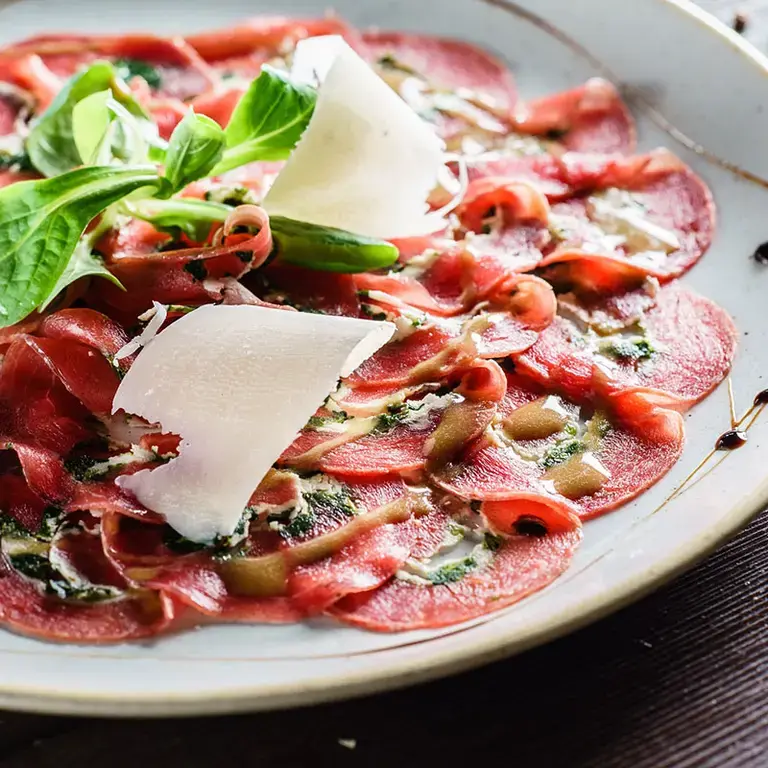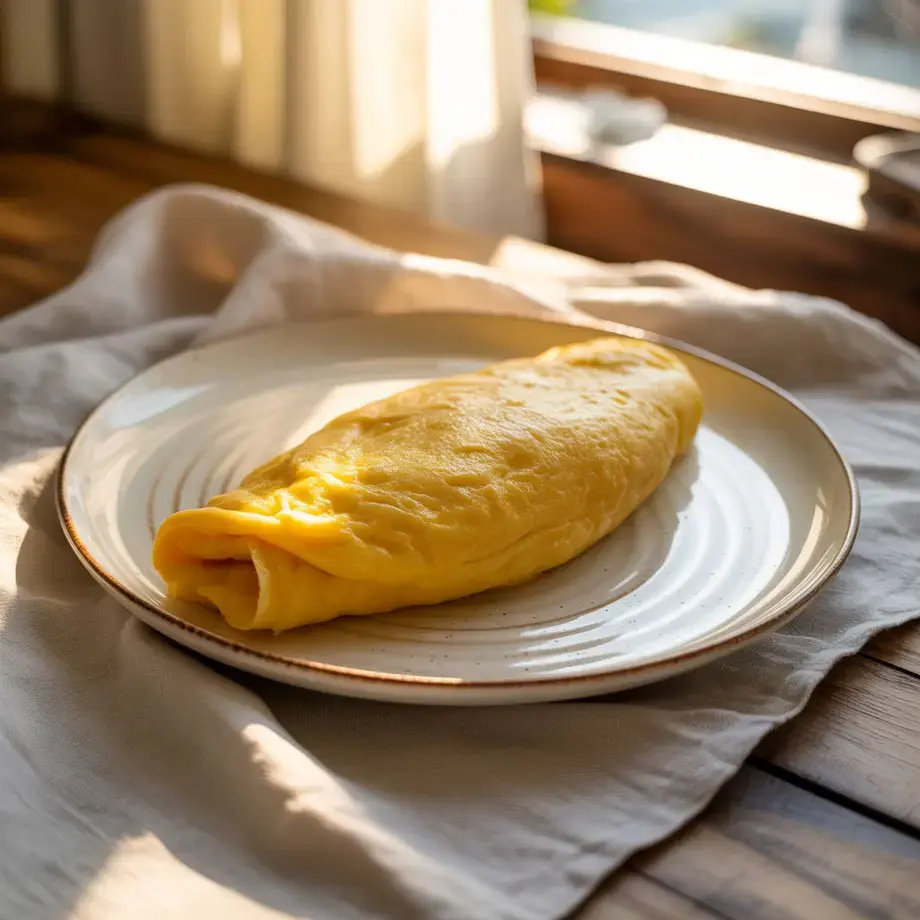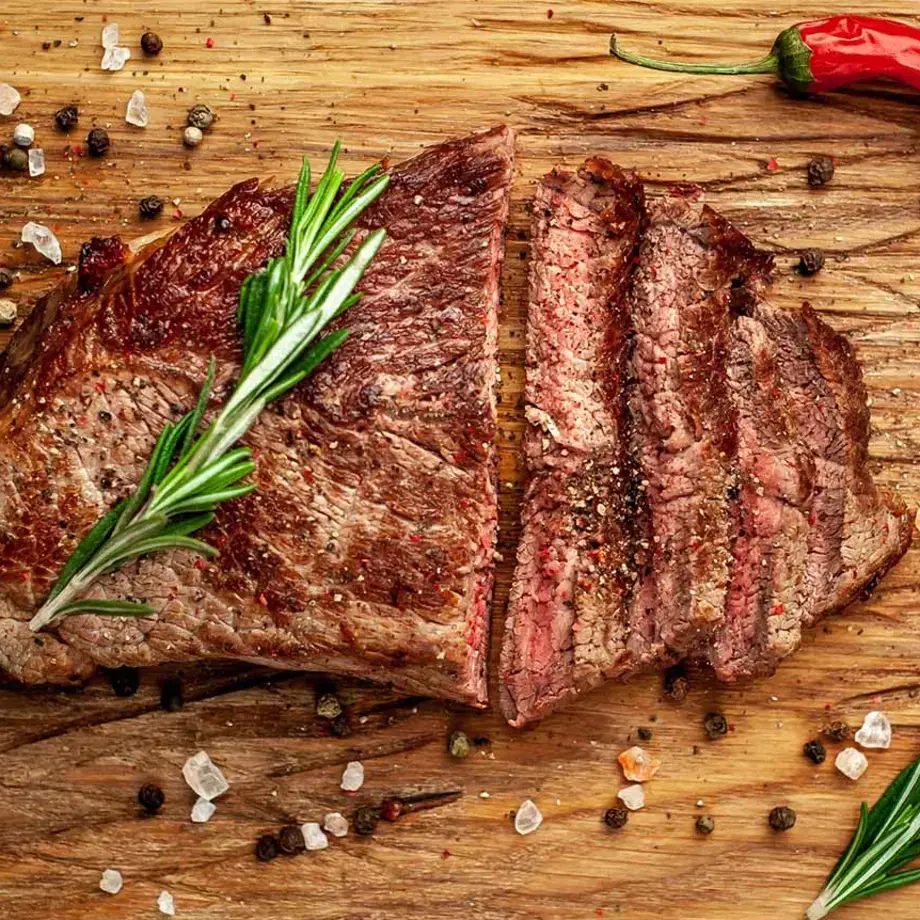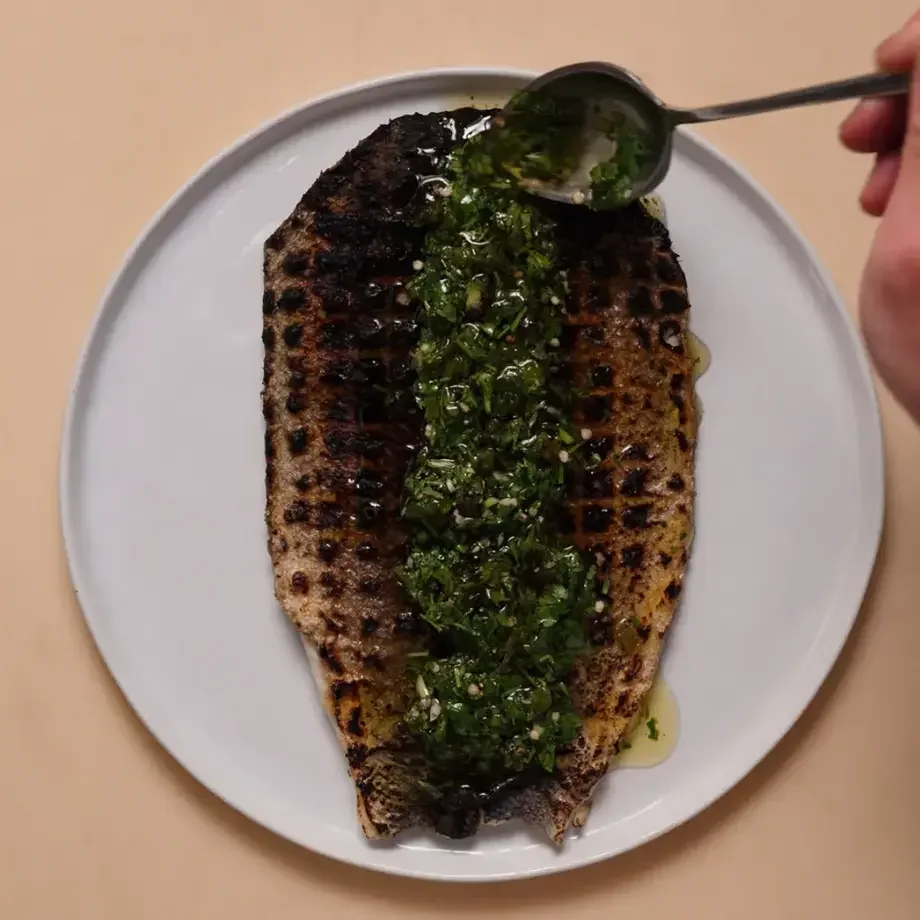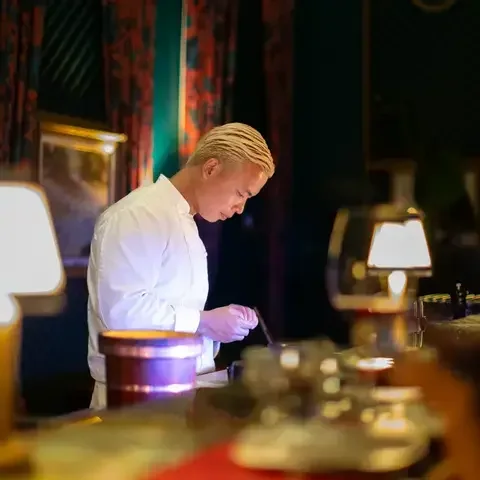First, it helps to understand the history of beef carpaccio. Said to have been invented in 1950 at Harry’s Bar in Venice, which is incidentally the birthplace of the Bellini too, it spread in popularity from there. Carpaccio is quite simply the name of any dish that’s made from raw meat or fish, and tuna carpaccio is another well-known variety of the recipe. Perfect for warmer weather, it’s often served alongside a salad for a lighter lunch or as an appetizer for a tasty Italian-themed dinner party. As the dish is created from raw meat or seafood, you’ll need to ensure you source top quality ingredients, especially when it comes to the beef. If you can, purchase the beef from a local butcher who can provide you with the freshest tenderloin cut for your dish. It’s also ideal to eat the beef on the day of purchase, to minimize any risks that can come from eating the meat raw.
When plating the beef tenderloin slices there’s no set way to arrange the slices, and they can be served as casually or elegantly as you like. The art of a beautiful beef carpaccio is to build the plate with colorful and contrasting ingredients, and allow the raw ingredients to shine. Some chefs will add other ingredients like artichokes, cherry tomatoes, fennel, or mushrooms to introduce added flavor dimensions and pairings.
Pounding the beef is an essential part of the preparation process to ensure you can achieve the signature thin carpaccio slices the dish is renowned for. It’s tricky to slice the beef to the exact desired thickness, whereas pounding the beef will make sure the pieces are all wafer-thin. Freezing the beef for around an hour ahead of making the dish will help to make the slicing even easier by firming up the meat.
And Italy isn’t the only country with a famous raw beef dish. For any leftover beef, try making beef sashimi with foie gras, for a fusion dish approach combining French and Japanese cuisine. This is also an elevated plate to start an upscale dinner party at home. There are plenty of other raw beef recipes from these countries to explore too, including beef tartare from France and beef tataki from Japan. Beef tartare is very similar to carpaccio, but tends to be diced or chopped instead of thinly sliced as with carpaccio.
How to Serve it
The beauty of a beef carpaccio is that it can be enjoyed as outlined in the recipe above, with a refined lemon and olive oil dressing, and a handful of arugula to top for a pop of color. However, the original version that was invented at Harry’s Bar in Venice—also known as the birthplace of the Bellini—is classically arranged with a mayonnaise dressing, and occasionally capers. You can make this dish ahead of guests arriving, and store in the fridge tightly wrapped for a couple of hours. This makes carpaccio a great appetizer for a dinner party menu to save time when friends and family have arrived.
If you’ve purchased quality beef, then there shouldn’t be any issues eating it raw (unless you’re pregnant or serving it to young children or elderly people). For those who are worried, it is possible to sear the sides of the beef as an extra step to help prevent any issues.
Storage
As the beef is served raw, it isn’t advisable to store any remaining beef carpaccio. You should eat this dish on the day of making, to prevent bacteria building up and causing any potential health issues as a result.
